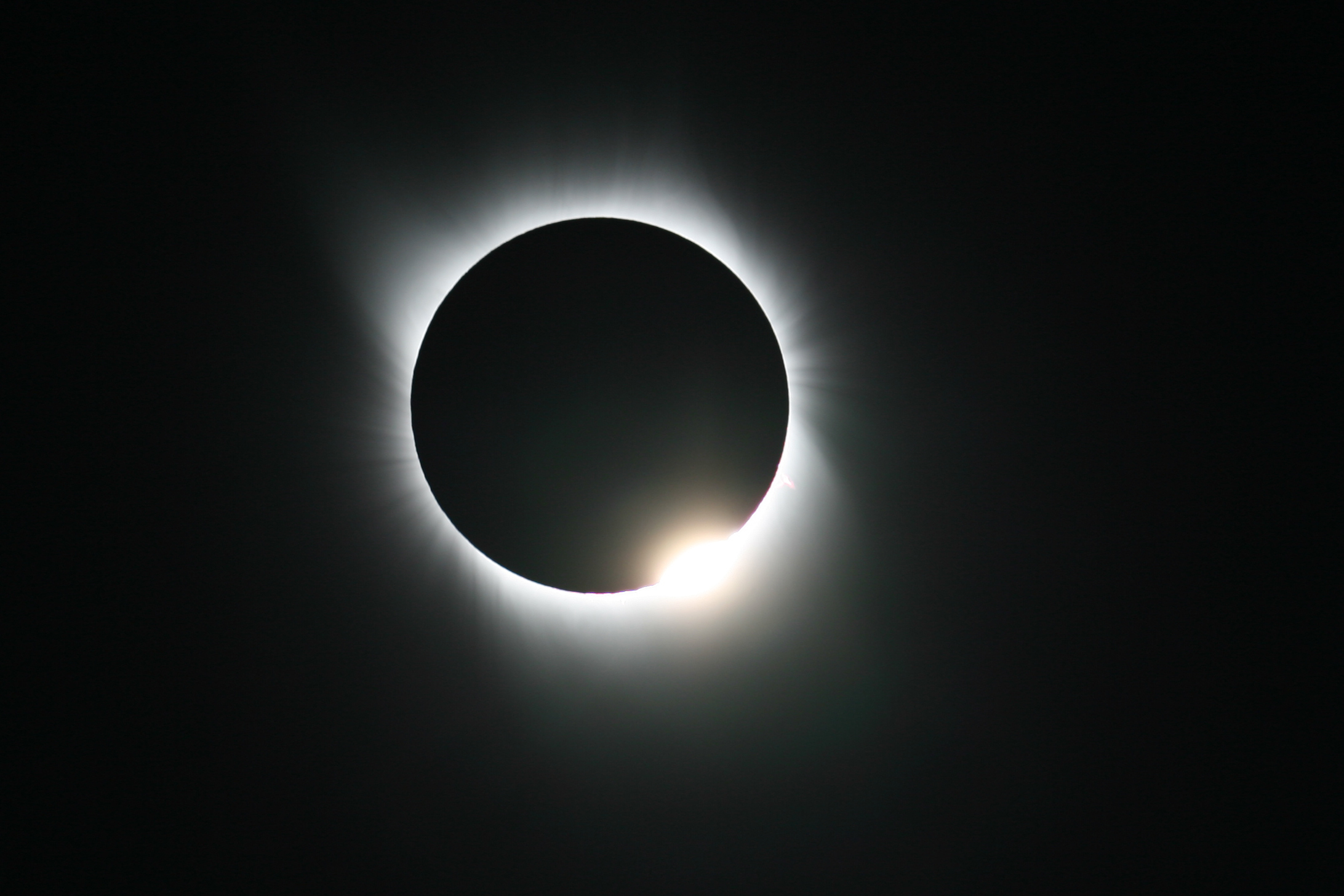JULY 28, 2014: The Pan-STARRS program in Hawaii discovers the centaur designated as 2014 OG392; it has an orbital period of 42.8 years and will pass perihelion in November 2021 at a heliocentric distance of 10.0 AU. An observational analysis published earlier this year indicates sustained cometary activity, however, this report was published too late to be discussed in the “Special Topics” presentation on centaurs.
JULY 28, 2061: Comet 1P/Halley will pass through perihelion at a heliocentric distance of 0.593 AU. The viewing geometry of this return is not especially favorable, although the comet should briefly become rather bright; this is discussed in this comet’s “Special Topics” presentation.
JULY 29, 1999: NASA’s Deep Space 1 spacecraft passes by the Mars-crossing asteroid (9969) Braille. Deep Space 1 was a technology test bed mission and while software problems prevented any close-up images of Braille from being obtained, some more distant images were successfully taken. Deep Space 1 is discussed in a previous “Special Topics” presentation.
JULY 29, 2005: The IAU’s Minor Planet Center officially announces the discoveries of the large Kuiper Belt worlds (and now “dwarf planets”) now known as (136108) Haumea, (136199) Eris, and (136472) Makemake. Among other things, these discoveries forced a re-thinking of the definition of “planet,” which is discussed in the “Special Topics” presentation on Pluto two weeks ago. These objects, and the Kuiper Belt as a whole, are discussed in a future “Special Topics” presentation.
JULY 30, 2020: The main-belt asteroid (503) Evelyn will occult the 7th-magnitude star HD 100974 in Leo. The predicted path of the occultation crosses southeastern New South Wales, the northern part of New Zealand’s South Island, Pitt Island, and the southern part of Chatham Island.
JULY 31, 2020: The main-belt asteroid (2365) Interkosmos will occult the 6th-magnitude star Theta Arietis. The predicted path of the occultation crosses the eastern Atlantic Ocean, the Brittany region of France, and southern England, including the northern parts of London.
AUGUST 1, 1729: The French scientist Nicolas Sarabat discovers a comet (new style designation C/1729 P1) that is visible to the unaided eye despite a perihelion distance of 4.05 AU. Intrinsically, this is the brightest comet ever recorded in history.
AUGUST 1, 1957: Comet Mrkos 1957d passes through perihelion at the heliocentric distance of 0.355 AU. Comet Mrkos was the second bright naked-eye comet to appear in 1957, and is a future “Comet of the Week.”
AUGUST 1, 1980: An astronomer in Uruguay, Julio Fernandez, revives an idea, initially proposed in the late 1940s and early 1950s independently by Irish engineer Kenneth Edgeworth and American planetary scientist Gerard Kuiper, of a large population of bodies beyond Neptune’s orbit, and proposes it as being the source of short-period comets in the inner solar system. The existence of this “Kuiper Belt” was observationally verified a little over a decade later and is the subject of a future “Special Topics” presentation.

AUGUST 1, 2008: The path of a total solar eclipse crosses far northern Canada, northern Greenland, central Russia, western Mongolia, and northern China. During totality, observers in two locations (Russia and Mongolia) successfully record images of the small Kreutz sungrazing Comet C/2008 O1, discovered the previous day by the NASA/ESA SOlar and Heliospheric Observatory (SOHO) spacecraft. “Eclipse comets” are the subject of a previous “Special Topics” presentation (which includes an image of this comet), and Kreutz sungrazers are the subject of a future “Special Topics” presentation.
More from Week 31:
Comet of the Week Special Topic Free PDF Download Glossary
Ice and Stone 2020 Home Page


